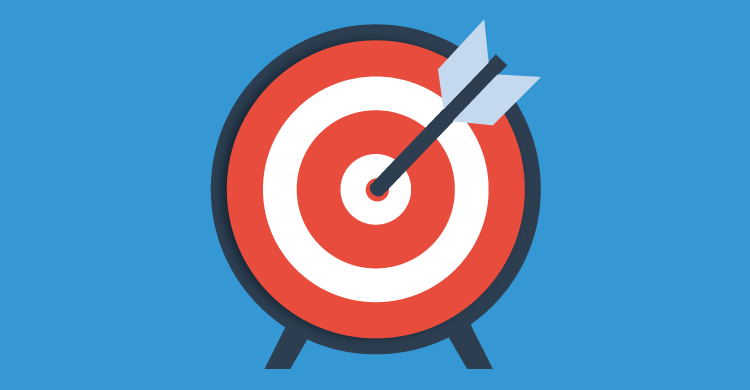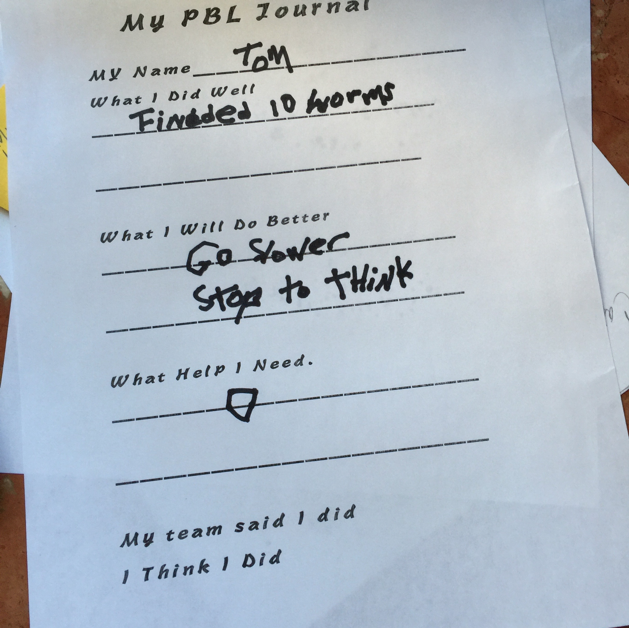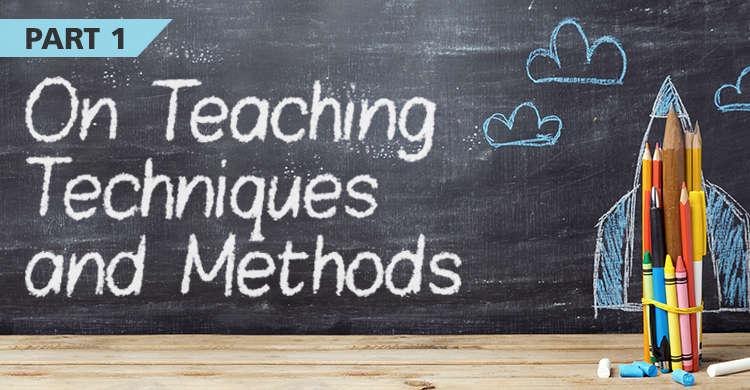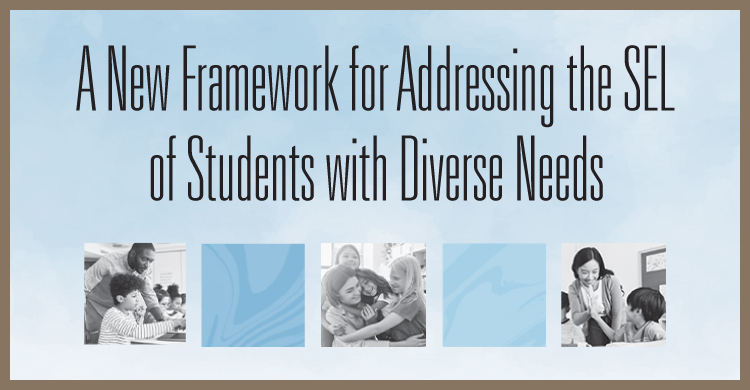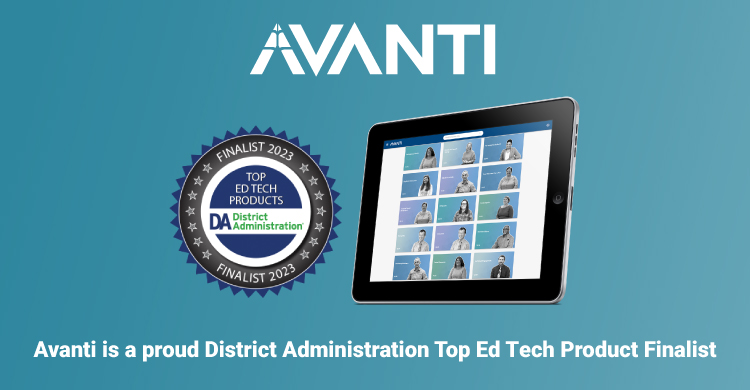Driving Question: How Deep Can Students Dive with Personal Learning Targets?
At the pool last month during vacation in Cabo, I met a retired state school superintendent. It didn’t take long to figure out that retirement was the best place for him. “Learning,” he said, “is not important. What I did was make sure that the test scores were there. That’s what still makes everyone happy.” He didn’t mention children as members of his everyone club.
Our discussion didn’t end there. By the time it was over I felt much like a Don Quixote who toppled a windmill on himself. However, after sharing this story to teachers in a workshop the next week, my faith was restored.
These teachers were interested in the children. For three years, they had been working to change their school into a deeper learning place. “What did you learn?” was replacing “What did you get?” in their talk about student performance and tests. Insights about individual student’s strengths and weaknesses had already driven test score talk into the classroom waste can.
A DEEP DIVE WANTED
These teachers were not questioning the deeper learning they wanted their students to do. They were looking to set learning targets so they could help students plan with personal goals and assess their own accomplishments. No matter what an individual student’s pluses as a reader or writer, no matter how well a child could already add, subtract, multiply or divide, the teachers wanted to know how to ready their students to dive into real world scenarios and solve authentic problems. One said, “How I would love it if they all could solve problems like the Martian!”
We worked from Project-Based Learning units they had already used in their classrooms. We started with a sixth grade unit. That class had elected to focus on transportation of senior citizens in their community. In a survey, the students had heard from local seniors that a recent fare hike had pushed public buses “over the top”. There was great empathy for the seniors’ budget problem. The students had made the driving question “How can the city provide affordable bus service for all its seniors?”
SHARED LEARNING TARGETS
Our question for this work session was, “How do we develop observable learning targets for this PBL?” After brainstorming and prioritizing a list of desirable targets for the whole class, the teachers settled on:
- Students will make an 8 question survey of seniors’ concerns about their fares.
- Students will apply computation skills to solve the problem of matching fares to affordable budgets.
- Students will make claims and provide evidence about what fares are affordable to the local seniors.
- Students will compose a persuasive written argument with Google Doc.
- Students will make a chart comparing fares.
- Students will make a persuasive presentation of the chart to the local bus company manager.
FROM SHARED TO PERSONAL
Agreed on the shared targets showing what students would do in the project, the teachers moved to how they would personalize the targets. They settled on three questions that each student would “contract” to do in a personal learning plan.
- What will I be able to do when I’ve finished this lesson?
- What will I need to know to do this?
- How will I show that I can do this, and how well will I have to do it?
Teachers expressed interest in specifying the “able to do” as a goal in the contract. Of special concern were the targets connected to the math, writing, and speaking standards. They settled on having each student focus on the computation target and the claims and evidence argument. Individuals could make specific personal targets that combined any of the shared targets. They composed examples:
”My target is to make sure I have at least three pieces of evidence in my persuasive essay to prove the statistics my team calculated in the model budget.”
“I want to hit the bull’s eye with 100% correct calculations on my chart.”
With the target, the teachers wanted to see the student’s list of “needs to know and do” and then identify how they would show they could move from the target statement as a personal goal to the evidence they would call upon. Showing the evidence was to be a reinforcement of the target on claims and evidence. Again they created examples:
“I will need to review the surveys and pick out the three arguments that had the highest total comments. I will have to learn about which words are the most persuasive. I will have to double check the budget numbers.”
“I have to review the common mistakes I make in calculations and check I don’t do that.”
For the third question, the teachers agreed to provide lists so students could select the tool for measuring the evidence’s quality. For the mathematics targets, they would compose rubrics that asked the students to show evidence of accuracy and precision. Each would answer the question “to what degree” with a four point scale of “not yet” to “100%.” Any score below “80%” would require a “need to know lab.”
For the math targets, the teachers would compose an evidence rubric. It would include computational accuracy, quantity of arguments, number of evidence pieces that fit rules of logic, and persuasive strength of evidence. They decided to offer a “needs to know” lab that would allow students to learn about basic logic with “all then” and “some then” statements by local politicians.
THE PERSONAL CONTRACT
Our final task was to set up the contracts which students could use to set their targets and answer with the three questions guiding their personal choices. The teachers agreed on the importance of standing back and letting students work alone or with a friend to write their contracts. Each grade would have its own modification to the model.
MY LEARNING CONTRACT.
Name: Ricardo Torres Teacher Mr. George Grade 7
Project: Senior Bus Fares
Target: I aim to improve how I ask questions in a friendly way. I also want to make sure I write down what they say.
Need To Know? How do I ask a second question when I am not sure of what was said? What do I do when someone says they don’t understand a question?
My Evidence: I will write out my questions on a note card. I will ask how well I did with a number score.
A PBL Pathway to 21st Century Deeper Learning Schools
Secondary Students Discuss Personal Learning Contracts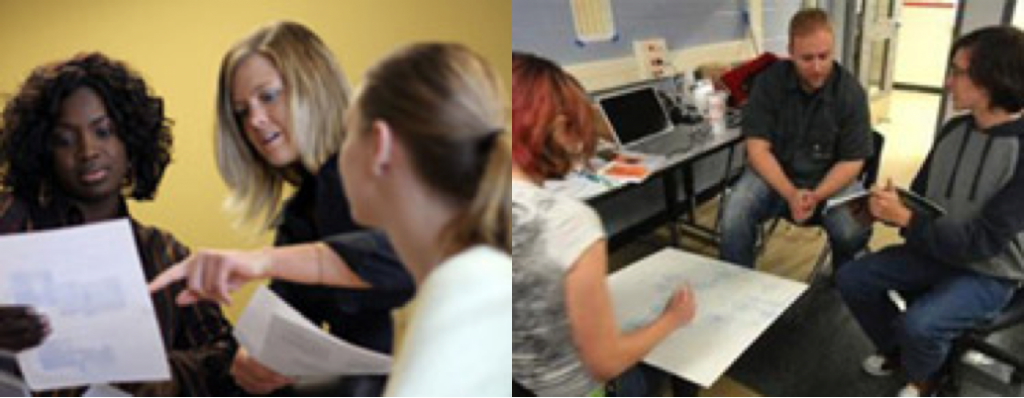
A first grader’s evidence
TARGETS FOR DEEPER LEARNING
Deeper learning is evidenced by students showing they can transfer what and how they have learned across the curriculum and into life. This teacher team had students make concrete, personal targets that would show the degree they were transferring the standards-aligned content in their project. In the end, I bet the swimming pool superintendent who wanted only test scores would have learned that each of these personally engaged students could show evidence of learning much deeper than those scores.
Next Month: How Do We Give Students the Freedom to Learn From Their Mistakes? In next month’s post, Jim lists 7 strategies help students transform mistakes into deeper learning.
[author_bio id=”145″]


